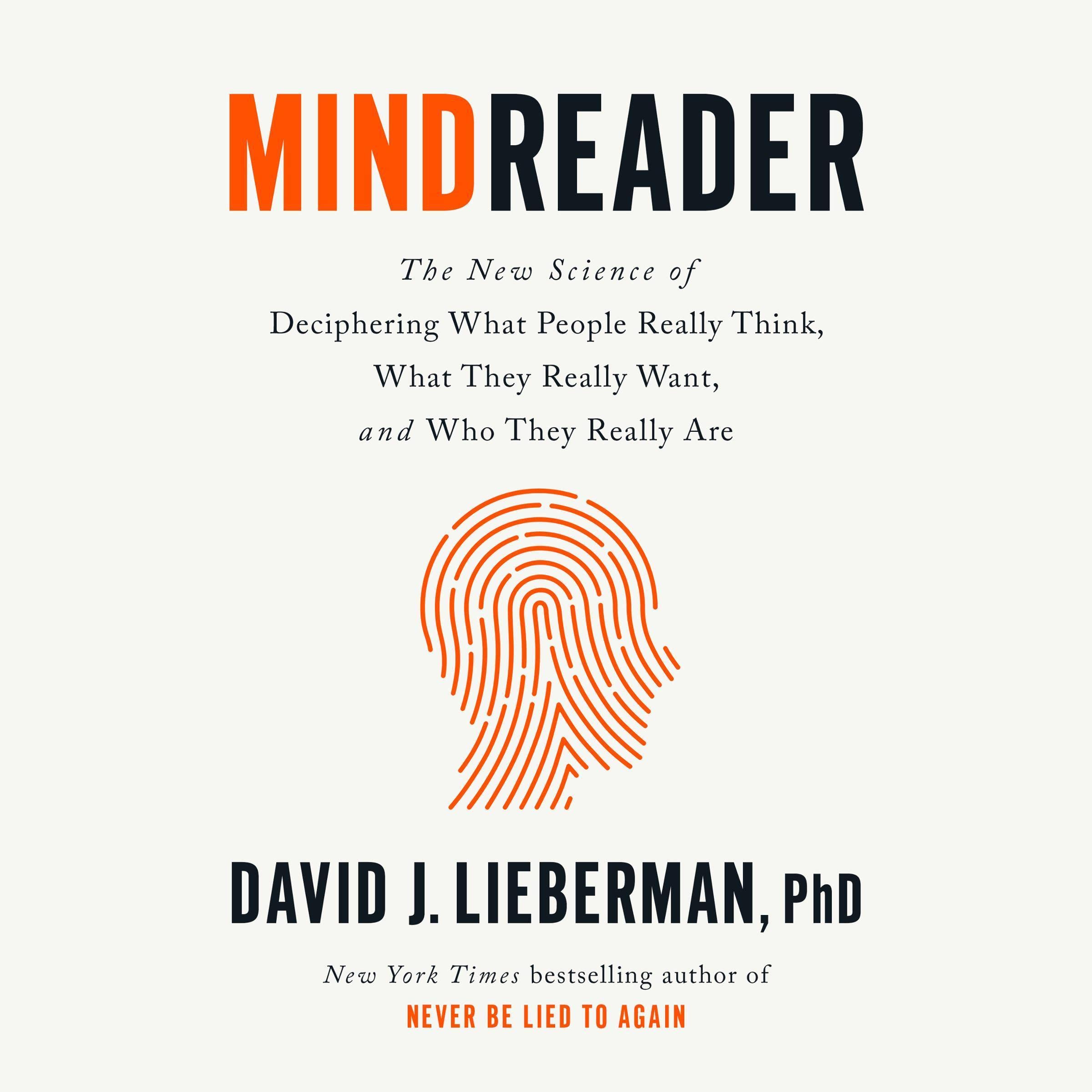What do you think?
Rate this book


Audible Audio
First published August 16, 2022

"Mindreader covers brand-new ground and relies little on age-old, outdated body language signs and signals. Many experts, for example, claim that crossed arms and legs suggest defensiveness or disagreement. While this interpretation is not technically wrong, you will get a lot of false positives if your subject is seated in a cold room in a chair without an armrest. And yes, little or no direct eye contact is a classic sign of deception.
But the bad guys already know this, so unless your subject is a five-year-old caught with his hand in an actual cookie jar, you’ll need more sophisticated tactics. More chillingly, how do you accurately read a psychotic person who believes his own lies? Or a sociopath who looks you straight in the eyes and swears up and down on a stack of Bibles that he’s telling the truth?
..So what does work? The techniques I’ll teach you herein draw from multiple disciplines—I teach these methods to the FBI’s elite Behavioral Analysis Unit, the CIA, the NSA, almost every branch of the U.S. military, and law enforcement agencies around the world. All you have to do is pay attention to a few key elements, which will unveil a near-magical magnifying glass into a person’s state of mind, his thoughts and feelings, and, most valuably, the degree of his integrity and emotional health."
"Let’s take the everyday example of giving a compliment. A woman who believes what she’s saying is more likely to use a personal pronoun—for instance, “I really liked your presentation,” or “I loved what you said in the meeting.” However, a person offering insincere flattery might choose to say
“Nice presentation” or “Looks like you did a lot of research.” In the second case, she has removed herself from the equation entirely. Those in law enforcement are well acquainted with this principle and recognize when people are filing a false report about their car being stolen because they typically refer to it as “the car” or “that car” and not “my car” or “our car.”
Of course, you can’t gauge a person’s honesty by a single sentence, but it’s the first clue..."
"People tend to find whatever they’re looking for and see what they expect to see. Always on the lookout for corroborating evidence that proves us right, we turn a blind eye to any evidence that doesn’t conform to our expectations. This is a phenomenon known as confirmation bias. We home in on what confirms our thinking, and we subconsciously filter out inconsistencies.
When confirmation bias is at work, the evidence arranges itself—almost mystically—into ready-labeled patterns. This is part of the neurobiological process the brain uses to make sense of the world. Our brains basically make files, just as we do on our computers. In our brains, this categorization falls under the umbrella of mental shortcuts, called heuristics. These shortcuts allow us to process the world without making independent decisions every time we choose. Imagine if we had to solve every single problem from scratch, from how to operate the coffee maker to how to get to work. We’d never get anything done. Mental shortcuts save the day."